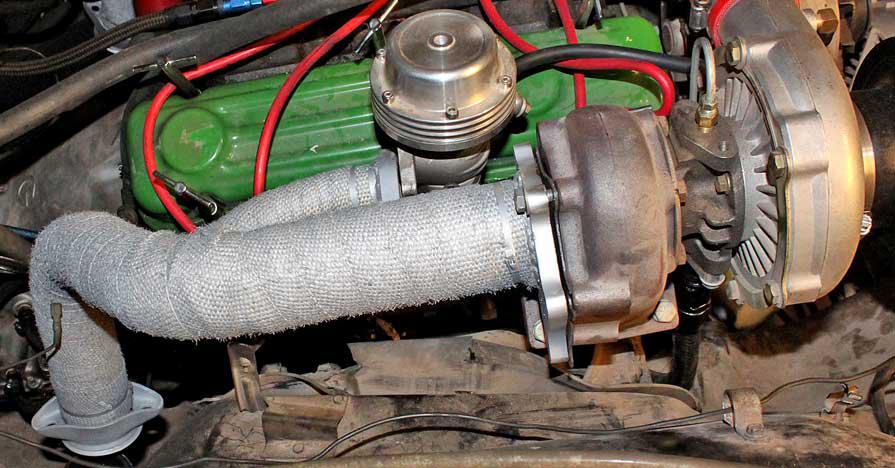
When you drive a car, everything seems to be comfortable while sitting inside the AC cabin.
Nevertheless, have you ever imagine about the temperature level, stress and strain occur under the hood of a car’s engine. A vehicle’s fuel burns with blasts in a controlled environment through pistons. All this process creates enormous heat energy that needs adequate functioning of the exhaust system to exhale. For this purpose, manufacturers of vehicles should equip the best exhaust system from xforce.eu.
The exhaust system release burnt gases of fuel whereas radiator is meant for exhaling the heat produced in the engine due to enormous friction. In the absence of these two cooling measures, a vehicle cannot run for more than a few meters. There are many parts of the engine that need heat resistance with special measures that manufacturers don’t provide. Before going in depth to these parts, first, you need to understand the working of exhaust and radiator.
How does radiator works?
The radiator assembly is meant for exchanging the heat of engine with a cool environment. A radiator works with the help of a fluid called coolant that has a much higher boiling point than water. There is a tank in every vehicle that you need to fill half with coolant fluid and half with water. When a vehicle runs, the fluid passes all around the engine to collect its heat that transferred to the radiator system. This radiator is made with aluminium tubes and fins mounted in a parallel arrangement. When the fluid circulates through these tubes, air flowing through radiator cools it down. After reducing the temperature, it returns back to the engine for collecting more heat.
How does exhaust system work?
The only thing that you can see about exhaust system is its exhaling pipe, but there is a complete assembly of this system attached to the engine. As everybody knows that it exhales smoke of burnt fuel, but there is a specific procedure for the execution of this entire process. When the fuel burns, it releases both toxic and nontoxic gases and it is the responsibility of this system to neutralise all of them. There is a manifold connected to the engine that collects gases. The other end of this manifold opens with a single funnel called front pipe. Here a catalytic converter is present that neutralise the toxic gases including carbon monoxide. The next destination is called muffler that people call silencer in general language. It is designed in a manner to suppress the noise while exhaling the smoke out of the exhaust pipe’s end.
Why under hood components need heat resistant shields?
From the above information, it is clear that both the exhaust system and radiator are meant for exhaling heat. Still, there is a risk of damaging the inner components of the engine including hoses, wiring assembly and spark plugs. Especially, if you own a high-power vehicle with turbochargers, it is essential to have proper insulation measures. There are special heat resistant sheets available at the website of Kool Wrap and similar portals. These sheets made with fibreglass, basalt, aluminium and titanium holding enormous heat resistance properties. They improve the vehicle’s performance by keeping the heat where needed. Also, improves the life of the life of components that are prone to excessive heat.
For exhaust system, there is a heat resistant tape called exhaust wrap. It is convenient to wrap on the exhaust pipe without requiring any professional help. This accessory helps in keeping the entire heat inside the pipe so that gases burn completely and provide maximum efficiency to the engine.
This information is enough to understand why cooling systems are so important in a car. Also, you need extra protective measures to improve vehicles efficiency as well as the long life of components.
Stay Connect With Get News 360

